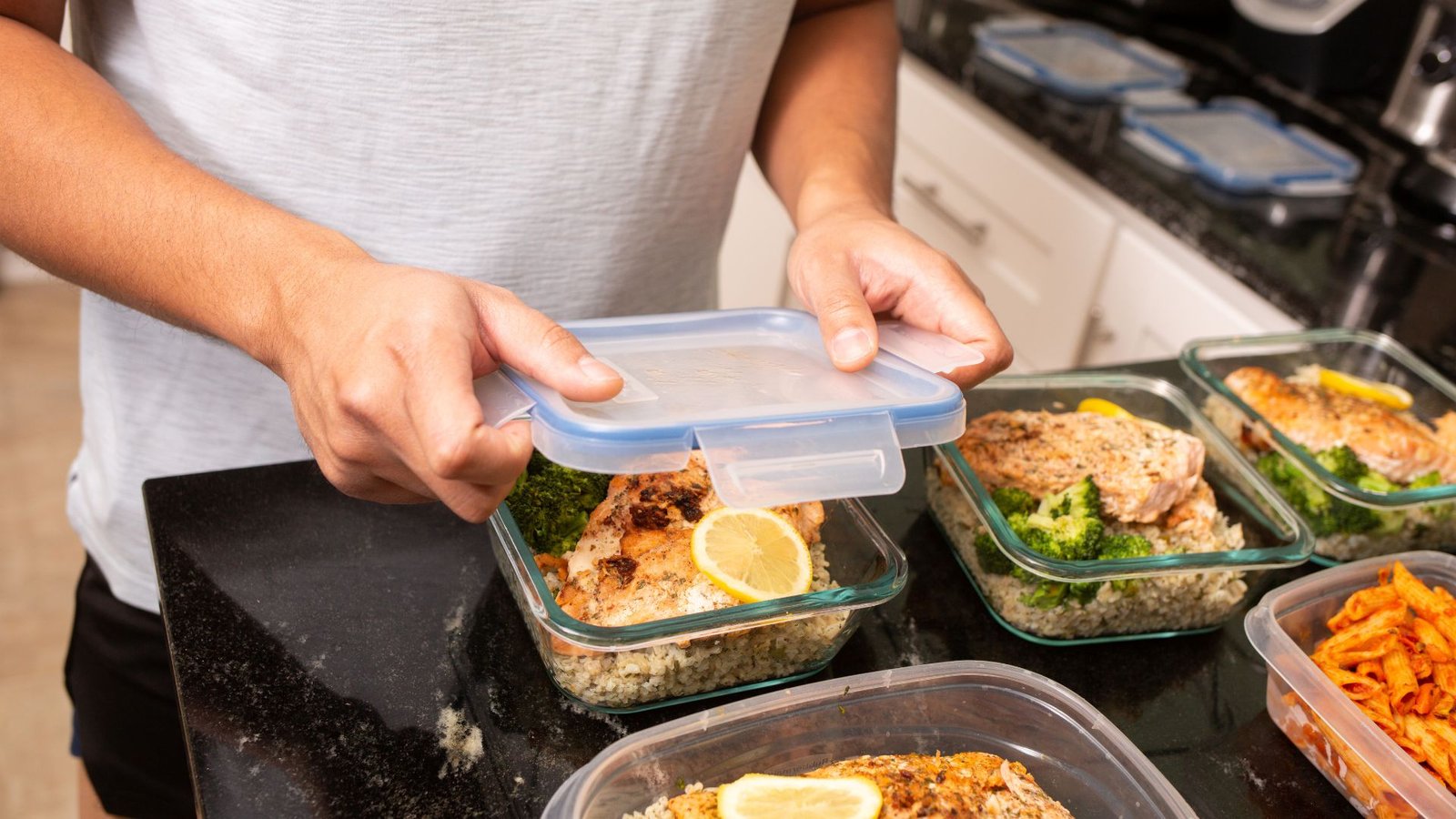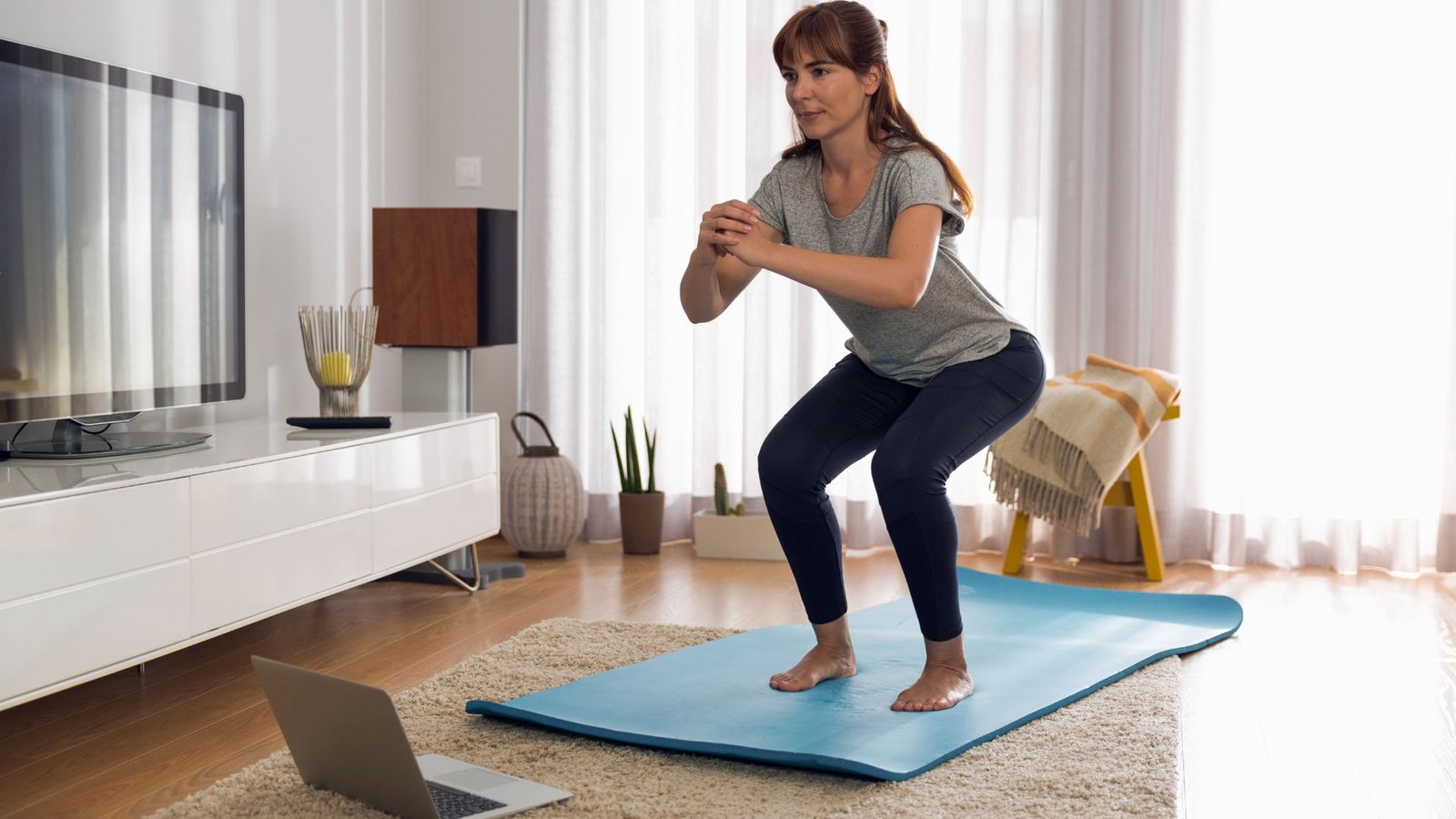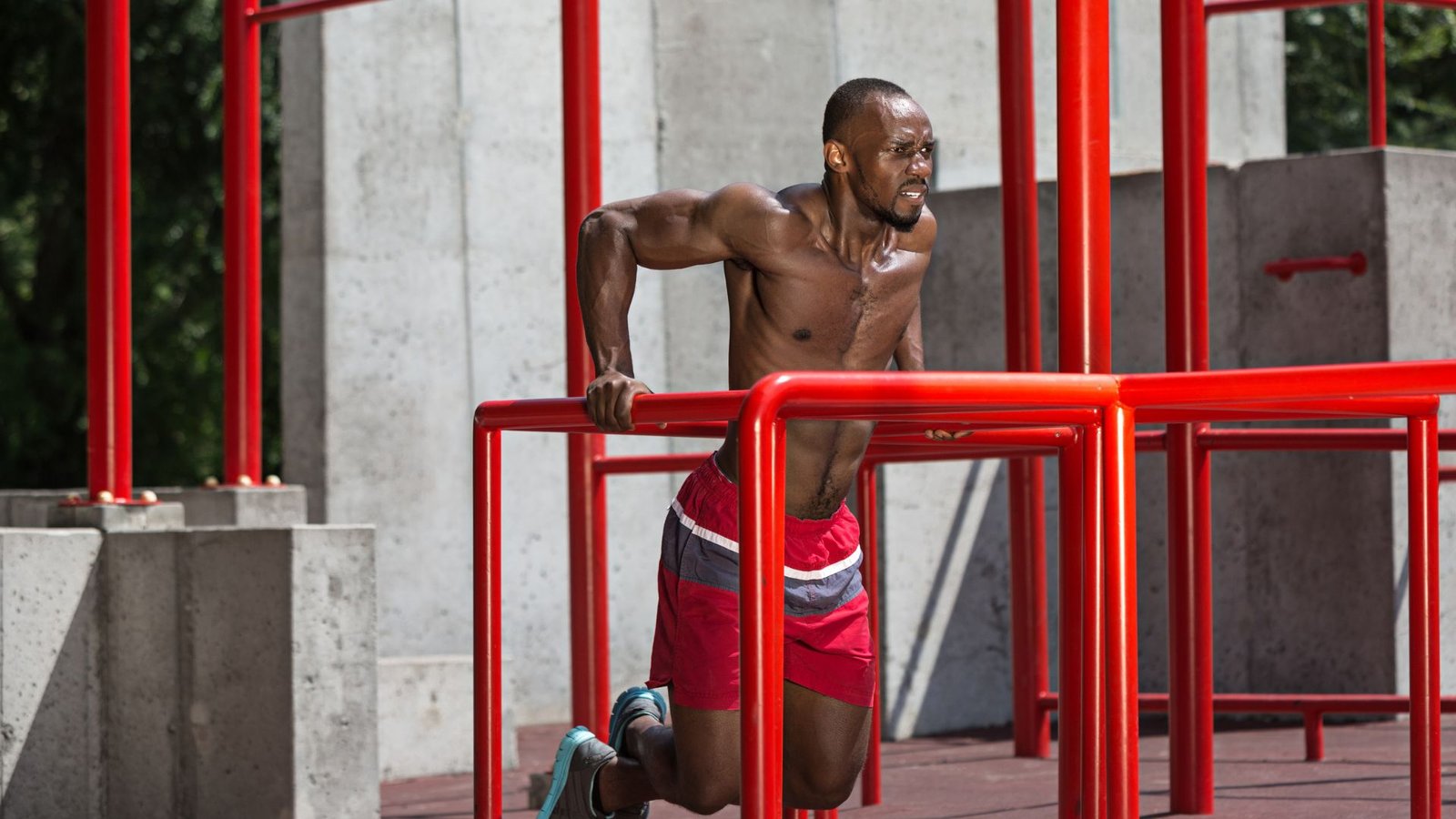If you’ve been hitting the gym, following YouTube workouts, or crushing your strength training at home—but not seeing the results you want—it might not be your workouts that need tweaking. It could be your nutrition. A solid workout meal planner can make all the difference between progress and plateau.
Why a Workout Meal Planner Matters
Exercise is only half the battle. Your body needs the right fuel before and after a workout to build muscle, burn fat, and recover efficiently. Without a meal plan tailored to your training, you may be unintentionally holding yourself back.
Here’s what a good workout meal planner helps with:
Providing energy for workouts
Aiding muscle growth and repair
Supporting fat loss or weight gain (based on your goals)
Preventing fatigue and overtraining
Helping you stick to healthy eating habits
Components of an Effective Workout Meal Planner
A workout meal planner doesn’t have to be complicated. It just needs to include the right types of foods in the right amounts, based on when you’re training and what your fitness goals are.
Here’s a simple breakdown:
1. Pre-Workout Meals
Eat 60–90 minutes before exercise. Focus on carbs and some protein.
Examples:
Oatmeal with banana and peanut butter
Brown rice with chicken breast
Whole-grain toast with eggs and avocado
2. Post-Workout Meals
Eat within 30–60 minutes after training. Focus on protein and some carbs to aid muscle repair and glycogen replenishment.
Examples:
Grilled salmon with sweet potatoes
Protein smoothie with banana and almond milk
Turkey wrap with greens and hummus
3. Hydration
Water is often overlooked, but it’s crucial. Drink water before, during, and after your workout to stay hydrated and support performance.
Sample Workout Meal Planner (Weekly Guide)
Here’s a simple 3-day example to get you started:
Day 1: Strength Training
Pre-workout: Greek yogurt with berries
Post-workout: Chicken quinoa bowl with mixed veggies
Day 2: Cardio
Pre-workout: Whole wheat toast with almond butter
Post-workout: Tuna salad wrap with a boiled egg
Day 3: Rest or Light Activity
Balanced meals: Focus on whole foods—lean protein, veggies, whole grains, and healthy fats
Meal Planning Tips for Success
Plan ahead. Prepare your meals for the week to avoid impulsive choices.
Mix it up. Variety keeps your meals interesting and nutrient-rich.
Listen to your body. Not every plan works for everyone—adjust as needed.
Avoid extremes. You don’t need to cut out carbs or live on protein shakes.
Final Thoughts
You don’t need to be a chef or a nutritionist to eat well for your workouts. With a little planning and awareness, your meals can become a powerful tool to support your fitness journey. A well-structured workout meal planner is more than just a schedule—it’s a roadmap to better results and a healthier lifestyle.
Ready to Create Your Personalized Meal Plan?
Whether you’re training for muscle gain, fat loss, or overall wellness, a customized workout meal planner can help you stay focused and fueled.
Reach out today to build a plan that fits your goals, your schedule, and your taste buds!




